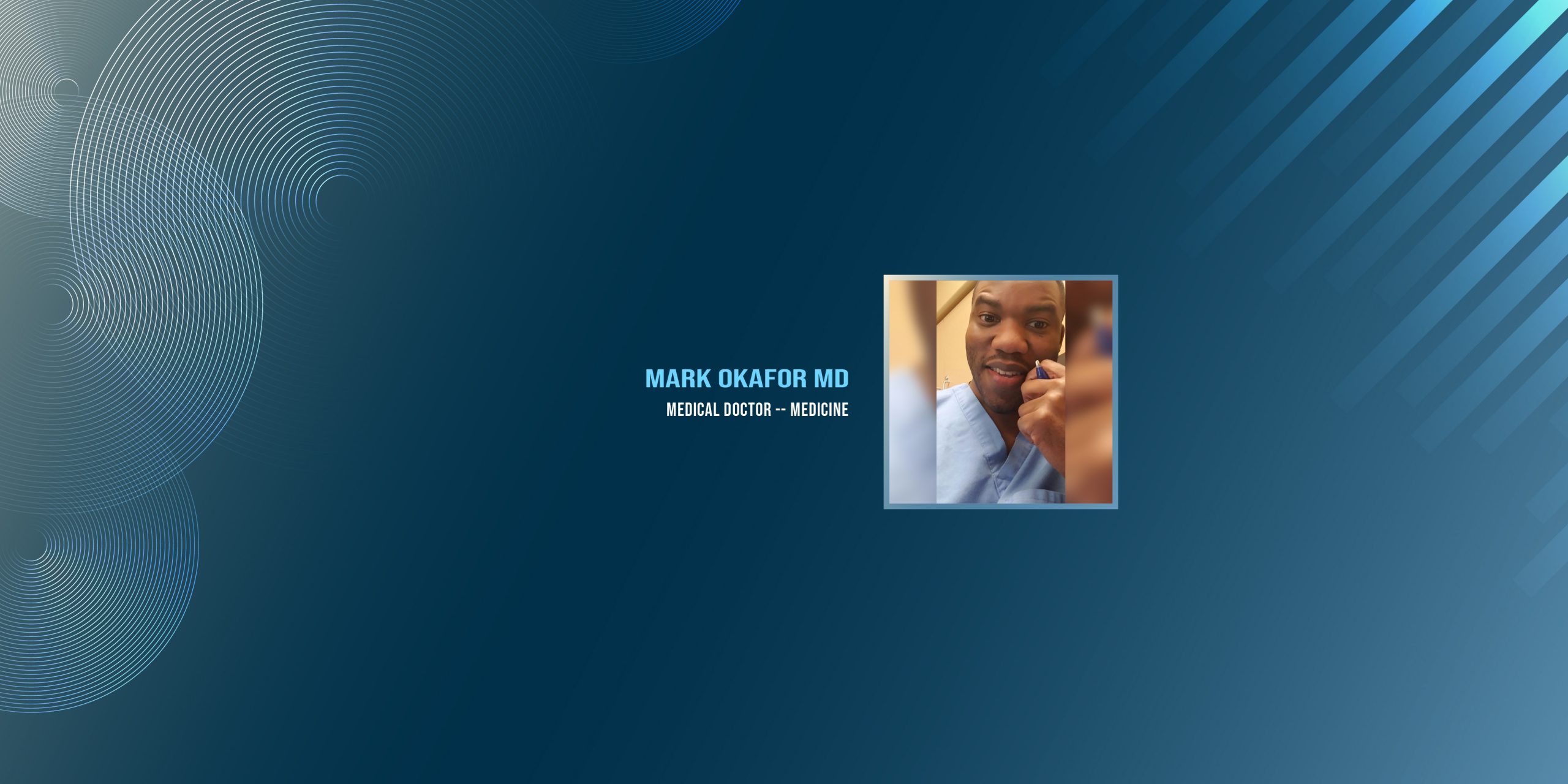
Pop-Rock Jazz Fusion: In the modern music landscape, blending genres has become a creative playground for artists seeking to push the boundaries of sound. One of the most intriguing and rewarding fusions is the combination of pop-rock with jazz. By merging pop-rock’s catchy melodies and dynamic energy with jazz’s complexity and sophistication, musicians can create a sound that is both innovative and timeless. But how can these two distinct genres be harmonized effectively? Let’s explore techniques to help master the art of merging pop-rock with jazz.
Foundational Elements of Pop-Rock and Jazz
Before diving into the techniques, it’s crucial to understand the foundational elements that define pop-rock and jazz. Pop-rock, a genre that has evolved over the decades, is known for its infectious hooks, straightforward chord progressions, and driving rhythms. It’s a genre designed to connect with a broad audience, often focusing on themes of love, rebellion, and everyday life.
Jazz, in contrast, is a genre rooted in improvisation, syncopation, and complex harmonies. Originating from the rich cultural tapestry of early 20th-century America, jazz quickly became synonymous with musical innovation and freedom. Its use of extended chords, unusual time signatures, and spontaneous solos gives jazz a distinctive character that has influenced countless other genres.
When blending pop-rock with jazz, the challenge lies in maintaining the accessibility of pop-rock while infusing it with the depth and creativity that jazz offers.
Creating Harmonies and Chord Progressions
One of the most effective ways to merge pop-rock with jazz is through harmonies and chord progressions. Jazz is known for its rich, layered harmonies, often built on extended chords such as seventh, ninth, and thirteenth. These chords add sophistication and color to the music, elevating a simple pop-rock progression.
To incorporate these into your pop-rock compositions, start by experimenting with substituting primary triads with jazz chords. For instance, replace a standard C major chord with a Cmaj7 or C9. This small change can instantly add a jazz flavor to your music without losing the essence of pop-rock. Additionally, consider using ii-V-I progressions, a staple in jazz that can introduce a smoother, more fluid harmonic movement in your songs.
Incorporating Rhythms and Grooves
Rhythm plays a crucial role in defining the feel of a song, and jazz offers a treasure trove of rhythmic complexity that can enrich pop-rock music. Jazz rhythms often feature syncopation, swing, and varying time signatures, which can add an unexpected twist to pop-rock grooves.
Try incorporating syncopation into your drum patterns or guitar strumming to blend these rhythmic elements. This can create a groove that feels more intricate and engaging. For a more pronounced jazz influence, experiment with swing rhythms, where the beats are unevenly spaced. It gives the music a “swung” feel. Integrating a swing rhythm into a pop-rock song can create a unique contrast that captures the listener’s attention.
Another approach is to play with time signatures. While pop-rock typically sticks to 4/4, jazz often ventures into 3/4, 5/4, or even more complex meters. Introducing an unconventional time signature in a section of your pop-rock song can add a jazz-inspired complexity. That surprises and delights the listener.
Embracing Improvisation
Improvisation is a cornerstone of jazz and can be a powerful tool when blending with pop-rock. Meanwhile, pop-rock tends to follow a more structured format. Allowing space for improvisation can bring a new level of spontaneity and excitement to your music.
Consider incorporating a section in your song, such as a guitar solo, keyboard riff, or vocal ad-lib, where the musician can improvise. This could be over a vamp (a repeated chord progression) or during a bridge that contrasts with the rest of the song. Improvisation not only adds a jazz element but also showcases the musicianship. And the performers’ creativity makes the music more dynamic and engaging.
Arranging and Producing a Blended Track
Once you’ve composed your song, the next step is to arrange and produce it in a way that seamlessly blends the pop-rock and jazz elements. Instrumentation is critical, considering traditional jazz instruments like saxophones, trumpets, and upright bass alongside electric guitars, drums, and synths typical of pop-rock. This combination can create a rich, diverse sound palette that highlights the best of both genres.
When arranging the song, think about structuring it to highlight the fusion. Start with a pop-rock verse and chorus, followed by a jazz-inspired instrumental break or solo section. Layering jazz chords or using a jazz rhythm section behind a pop-rock melody can create a more cohesive blend.
In terms of production, techniques like panning, EQ, and reverb can help balance the different elements in the mix. For instance, applying subtle reverb to jazz instruments can create a sense of space that complements pop-rock’s tighter, punchier sound. Additionally, careful EQing can ensure that the various instruments and elements don’t clash but complement each other, resulting in a polished, professional sound.
Blending pop-rock with jazz is an exciting creative challenge that offers endless possibilities for innovation. By understanding the foundational elements of each genre and applying techniques that integrate jazz harmonies, rhythms, and improvisation into pop-rock, you can create music that is both accessible and richly layered. As genre boundaries continue to blur in modern music, the potential for creative fusion is more significant.
Whether you’re a musician looking to explore new sounds or a listener searching for fresh musical experiences, the fusion of pop-rock and jazz promises discovery and excitement. Embrace the harmony of genres, and you’ll find yourself at the forefront of a musical revolution where the possibilities are as limitless as your imagination.